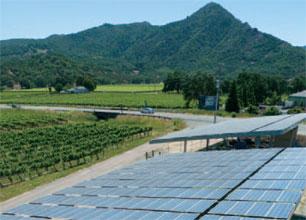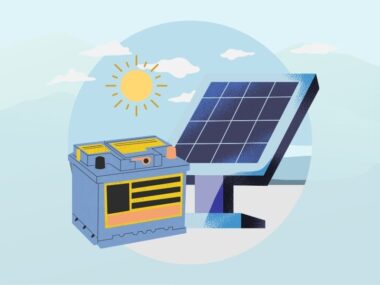You May Also Like
What are the environmental impacts of solar energy
Solar power is often praised for its role in promoting environmental sustainability, providing a clean and renewable alternative…
Some key factors influencing the efficiency and affordability of solar energy systems
Solar energy systems are an essential answer to the global pursuit of sustainable energy alternatives, signifying a transition…
Understanding batteries
Amp Hour Capacity: This metric indicates the amount of energy a battery can hold. The ampere-hour capacity is…
How do solar power systems integrate with existing electrical grids
Solar grid integration involves the incorporation of solar photovoltaic (PV) power into the national utility grid. As the…
How is Solar Energy Storage Technology Evolving
1. Battery Technology: Lithium-Ion Batteries: These continue to be the leading technology because of their high energy density,…
How can businesses and homeowners determine if solar energy is right for them
With the increasing popularity of solar power you might be wondering, is solar power right for my home…
How Do Different Weather Patterns Affect Your Solar Output
Harnessing nature’s power is a bold endeavor, and solar energy stands out among others as a shining example…
Economic Prospects For Solar Energy in The Context of Increasing Urbanization And Smart City Development
The economic outlook for solar energy within the context of accelerating urbanization and the emergence of smart cities…
What new technologies are on the horizon that could revolutionize the solar energy sector, such as thin-film solar cells, solar paint, or solar-powered desalination
The solar energy industry is experiencing swift progress, fueled by technological advancements and rising worldwide interest in environmentally…
Can I install solar myself
It is increasingly common for homeowners who value environmental sustainability and wish to reduce their energy costs to…












